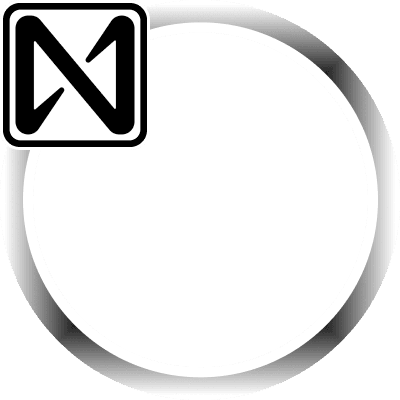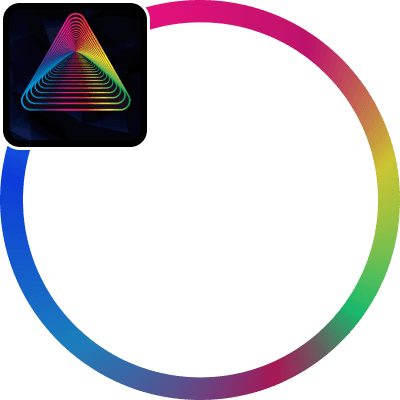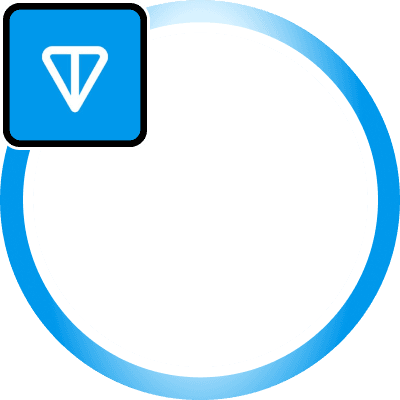Concept and Architecture
SEDA functions as an intermediary between blockchain networks and off-chain data sources, enabling efficient data transport and querying. This modular data layer supports diverse data types and integrates with various blockchains through a single deployment of its Prover Contract. SEDA’s chain-agnostic solver network allows for data to be published to any blockchain, ensuring a flexible integration framework.
Key Features
- Modular Design: SEDA’s architecture supports horizontal scalability, allowing integration with any blockchain through a single Prover Contract deployment.
- Chain-Agnostic: With support for over 230 blockchains, SEDA ensures broad interoperability.
- Permissionless Data Flow: The protocol facilitates secure, permissionless querying and configuration of data from any source, maintaining decentralized and trustless operations.
Technical Innovations
SEDA Chain
The core of SEDA’s architecture is the SEDA Chain, built on the Cosmos SDK. This chain acts as both a settlement and checkpointing layer within the network, ensuring overall security and consensus. It generates proofs to support SEDA’s interoperability capabilities with other networks.
Solver Network
SEDA’s solver network is central to its operation, enabling efficient and secure data querying and transport. It supports one-click node spinups, allowing community participation and benefits. This network also captures and redeploys Open External Value (OEV), enhancing the utility and economic model of SEDA.
Oracles 2.0
Traditional oracle systems have issues like centralization and bandwidth limitations. SEDA introduces oracles 2.0, addressing these challenges by providing permissionless, scalable, and secure data flows from any source to any destination network. This evolution maintains the decentralization ethos of blockchain technology while enhancing its functionality.
Mainnet Launch and Ecosystem
The launch of SEDA’s mainnet marked a significant advancement in Web3 data access and configuration. With a theoretical limit of 10,000 transactions per second, the mainnet has been audited by Trail of Bits and received backing from leading venture capitalists. This foundation positions SEDA as a critical infrastructure component for future decentralized applications.
Applications and Use Cases
SEDA’s flexible and secure data layer supports various applications:
- DeFi (Decentralized Finance): Providing real-time, secure data feeds for financial products and services.
- Cross-Chain Communication: Enhancing interoperability between different blockchain networks.
- IoT (Internet of Things): Integrating real-world data from IoT devices into blockchain networks.
Team and Founders
SEDA was co-founded by Jasper De Gooyer, who serves as the CTO. The team is focused on creating a comprehensive oracle network that bridges real-world data with blockchain networks. SEDA’s development and launch have been supported by significant venture capital investments from Coinbase, Reciprocal Ventures, Distributed Global, Coinfund, and Hack VC.
Governance and Tokenomics
The SEDA Token plays a pivotal role in the ecosystem, facilitating governance, network participation, and utility. Token holders can participate in network operations, propose and vote on changes, and engage in governance decisions. The token also serves as a mechanism for paying network fees and receiving rewards for participation in the network.
Development and Adoption
SEDA’s modular and permissionless design allows developers to tailor data feeds and computational logic to their specific needs, promoting innovation and customization. Its chain-agnostic approach ensures that it can support a wide range of blockchain networks, making it a versatile tool for developers looking to integrate external data into their applications.
Future Developments
SEDA plans to expand its capabilities, including enhancing its solver network and supporting a broader range of data types and sources. These developments aim to solidify SEDA’s role as a foundational component of Web3 data infrastructure, driving the decentralized web forward and empowering developers to create innovative applications.
This index entry aims to serve as a comprehensive resource on SEDA and will be updated as new information becomes available. Readers and contributors are encouraged to help maintain its accuracy and relevance by participating in the network’s governance and contributing to its development.










